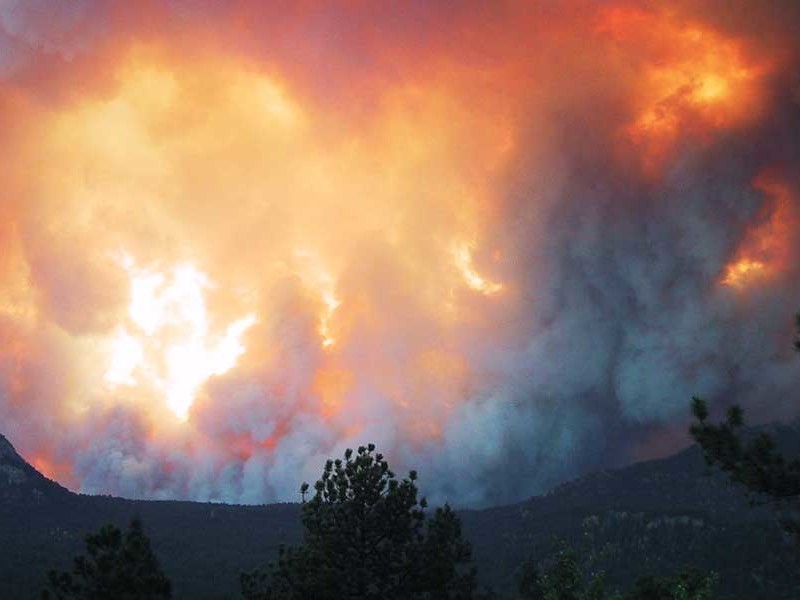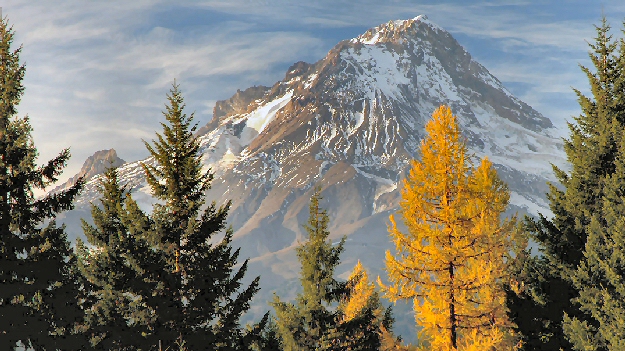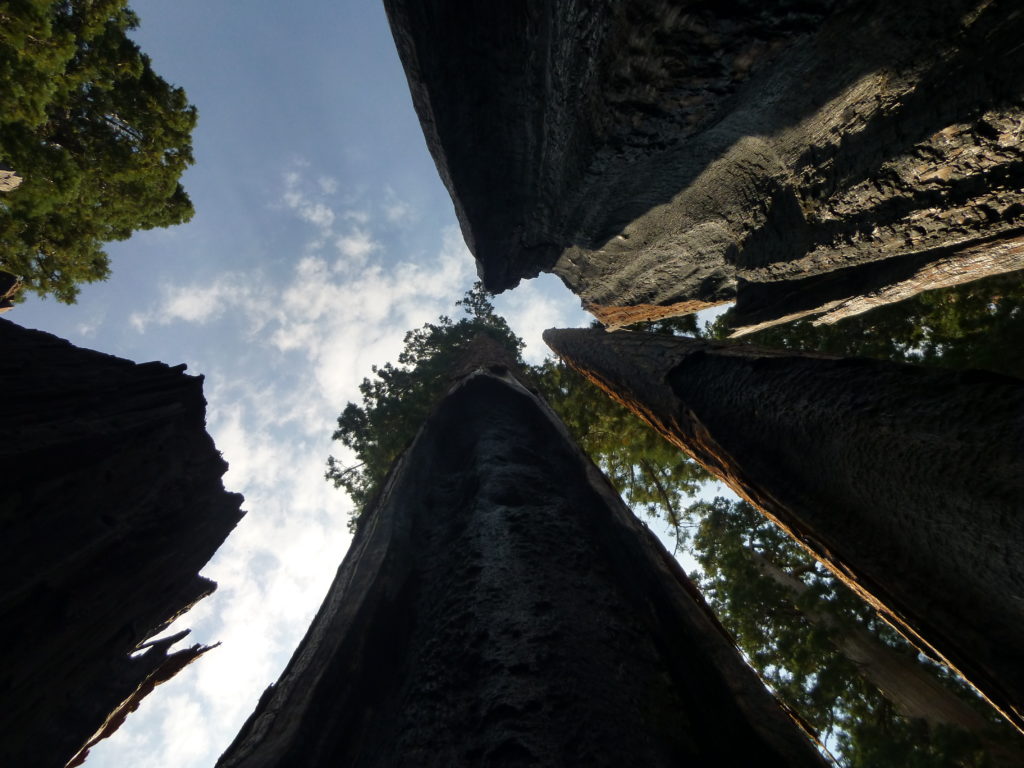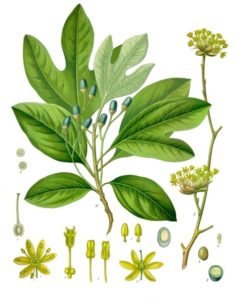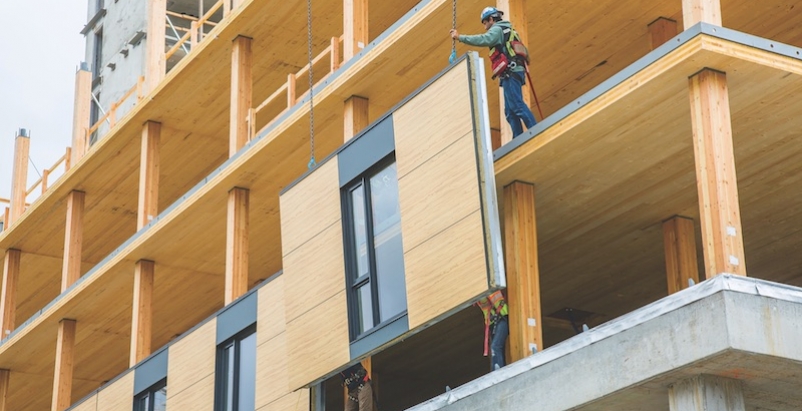
Editor’s note: What is mass timber? Sometimes called “advanced timber,” this relatively new and as-yet evolving building product takes several forms. For a primer on products in the mass timber family, we turned to rethinkwood.com. We think you’ll find their definitions useful in better understanding and engaging in discussions about the use of mass timber in our built environment. [Read more…]
